There’s an old business adage that says “if you can’t measure it, you can’t improve it”. The same is true with triathlon training. At Next Generation Triathlete we believe that analytical training is critical to preparing future triathletes.
A bike computer allows young athletes to measure their bike training performance, providing them with metrics. By tracking metrics they can measure their improvement over the course of a training program.
A bike computer allows for tracking the building blocks metrics of a bike training program. We can begin to measure individual ride distance, weekly distance, average speed, max speed and work up to advanced metrics such as power and cadence.
The bottom line: youth triathlete need a bike computer as part of an analytical training program.
Two of the major benefits for the young triathlete include:
An important benefit for the young triathlete of a bike computer is the ability to benchmark performance. For instance, if we have a 10 year old male triathlete, we can look up average bike race speed for a 10 year old male and provide direct a direct benchmark: you need to go at least 20mph if you are going to be competitive in this race. The bike computer allows the athlete to have instantaneous feedback during training and races to make sure they are hitting their desired performance benchmark.
Another important benefit is the ability to understand distance and pacing. The bike computer allows the rider to understand just how far they have actually gone, a concept that can be challenging for many young athletes. For instance if out athlete knows that they have a 2 mile training ride or a 2 mile actual race, they can see their distance in order to make sure they correctly pace themselves.
Bonus reason, especially in our beginner triathletes, is that a bike computer is simply a cool thing to have on a bike. Who hasn’t wanted to see how fast they could get going down the big hill, or to challenge friends to see who can go the fastest.
A bike computer is a small device that mounts to a bike that measures, provides, and logs information for the rider.
Bike computers range from the most basic which really only measure speed and distance, to advanced multi-metric powerhouses which track almost any biking metric possible.
As with all triathlon gear, it is important to match the bike computer with the skill and ability level of the young triathlete. A beginner triathlete does not need to worry about advanced metrics like an elite high school athlete does.
Below are some of the most popular bike computers from the most basic (less expensive) to the most advanced (a sizable investment):
SY Bicycle- Bike Computer
Great preforming entry level bike computer
Pros:
- Wireless makes installation on youth bikes very simple
- Tracks most key metrics (speed, distance, time)
- Backlit display
Cons:
- Harder to initially calibrate than other models reviewed
- Smaller screen can make “on the fly” reading harder
CAT EYE – Velo 7 Bike Computer
Best all around bike computer for young triathletes.
Pros:
- Large clear display makes it easy to read on the go.
- Simple installation and calibration
- Tracks key metrics (speed, distance, time, and average speed)
Cons:
- No Backlight
- Can be hard to mount on some youth bicycles
Wahoo ELEMNT Bolt GPS- Bike Computer
Pro Level Bike Computer
Pros:
- Multiple sensors and GPS integration allows for tracking of advanced metrics.
- Easy installation and calibration.
- Pairs with phone and many of the most popular training apps (Strava, Training Peaks) to provide advanced analytics and mapping.
- Truly a elite level bike computer
Cons:
- Expensive

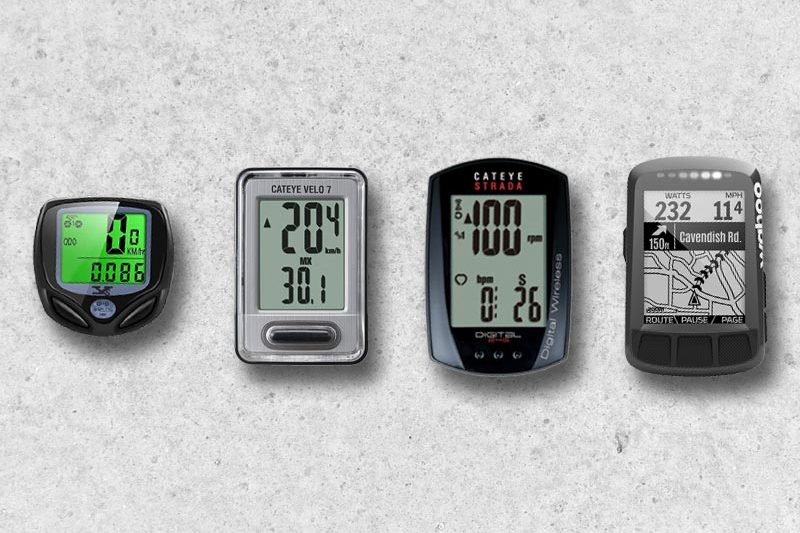
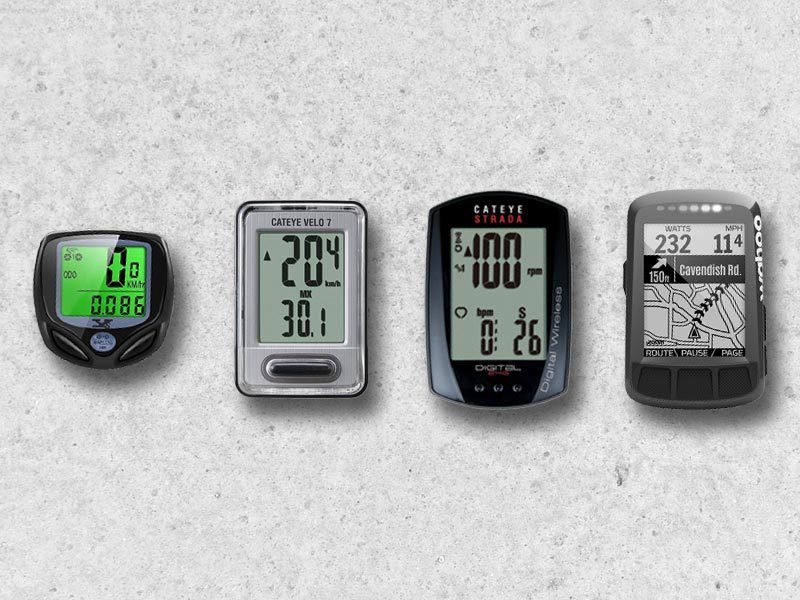
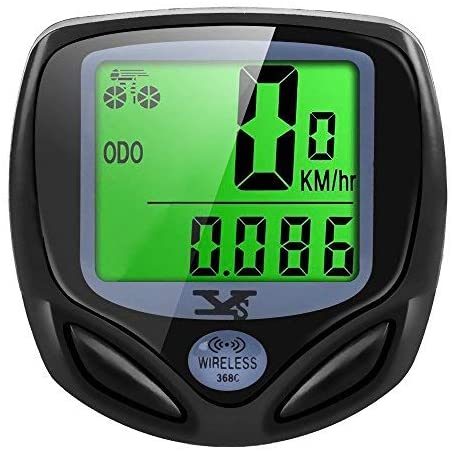
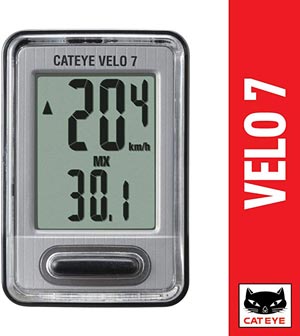
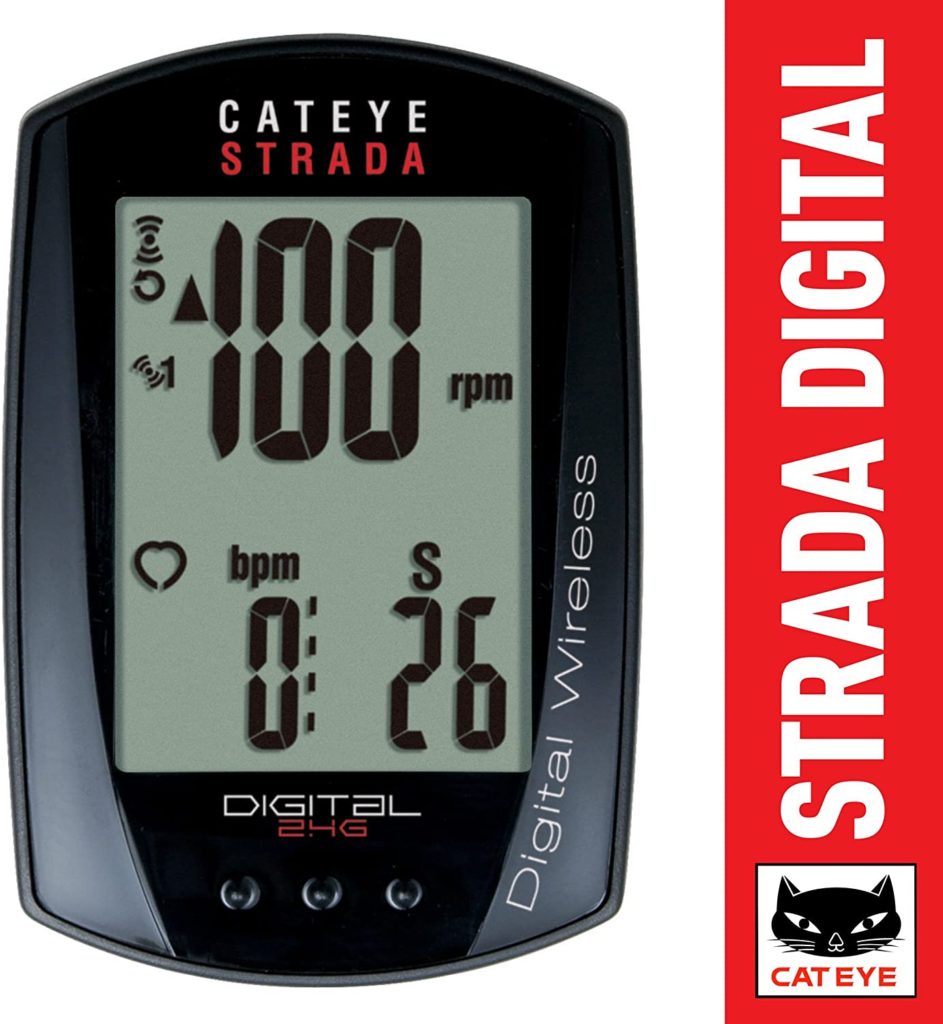
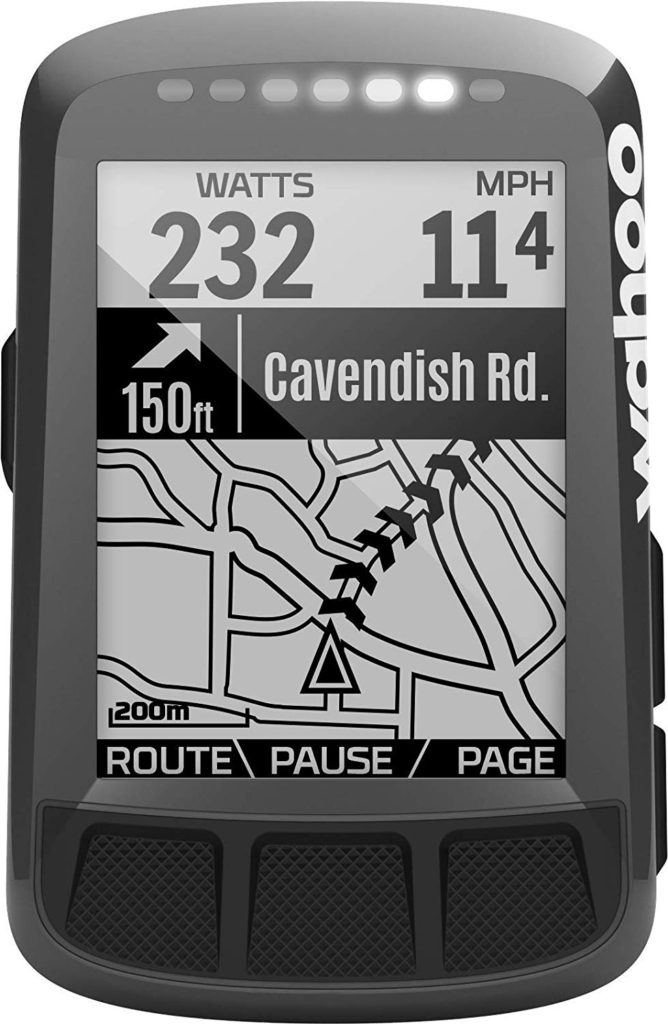
 Creating Champions
Creating Champions